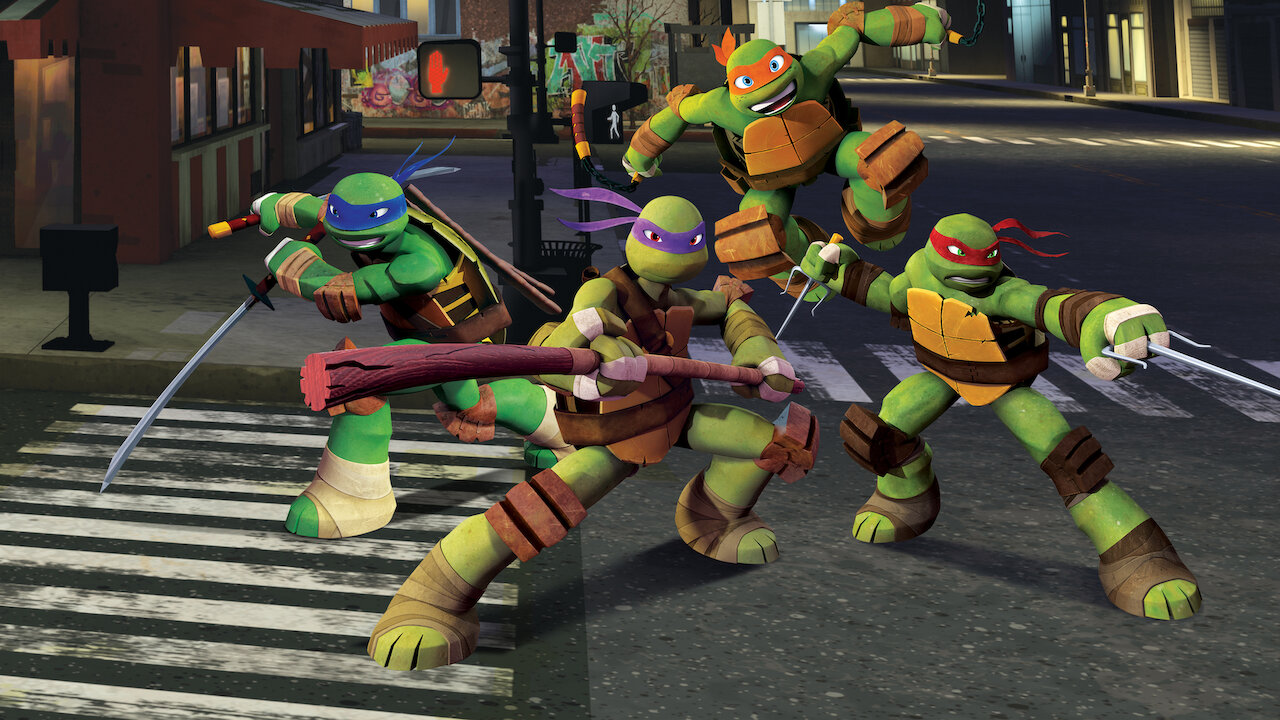

Before long, Turtles T-shirts, Halloween masks, coffee mugs, and all kinds of other paraphernalia were appearing in stores. From the name and the basic concept, he knew it had "International Phenomenon" written all over it. Then came Mark Freedman.įreedman was a licensing executive, who first heard of the Turtles in 1985 from Palladium Books, which had just started publishing them in the form of a role-playing game. Within a few months, new issues were routinely being printed in quantities of 50,000 and up. The first issue's second printing was twice as big as the original one and the third was bigger yet. Instead they became millionaires, as proprietors of comics' biggest hit since X-Men. They were hoping to at least break even, while providing themselves with a portfolio piece. To finance the initial run of 3,000 copies, they used tax refunds, emptied bank accounts, and borrowed money from Eastman's uncle. They wound up doing it themselves, using the name "Mirage Studios" as their publishing imprint. Turning the concept into an actual comic book story involved considerably more effort than simply dreaming up the name and situation - and, since it didn't seem the sort of thing Marvel or DC would go for, getting the comic published took more effort yet. And they became teenagers through the simple passage of time. They became ninjas through the training of a rat named Splinter, who was strongly reminiscent of a character named Stick, from Frank Miller's version of Daredevil. In fact, this particular accident apparently had spawned a superhero - it was staged to look as though the radioactive canister that had given Daredevil his super senses had then fallen into the gutter and mutated four escapees from a pet store.

They became mutants following one of those superhero-spawning accidents you see so many of in comics. The Turtles are Michaelangelo, Leonardo, Raphael and Donatello. By the time the conversation was over, the "Teenage Mutant Ninja Turtles" concept had been completely worked out. Kevin Eastman and Peter Laird had been collaborating in comics for a couple of years without notable success, when, while working on something entirely different, they started batting ideas about weapon-toting turtles back and forth. If it also has a good storyline and an appealing cast of characters, there's a chance it might rise above fad status, and become an enduring cultural artifact - and that's exactly what the Turtles have done. When you've got a property called "Teenage Mutant Ninja Turtles", it can probably be marketed as a reasonably lucrative fad on the basis of the Please contribute to its necessary financial support. If this site is enjoyable or useful to you, TEENAGE MUTANT NINJA TURTLES Medium: Comic books


 0 kommentar(er)
0 kommentar(er)
